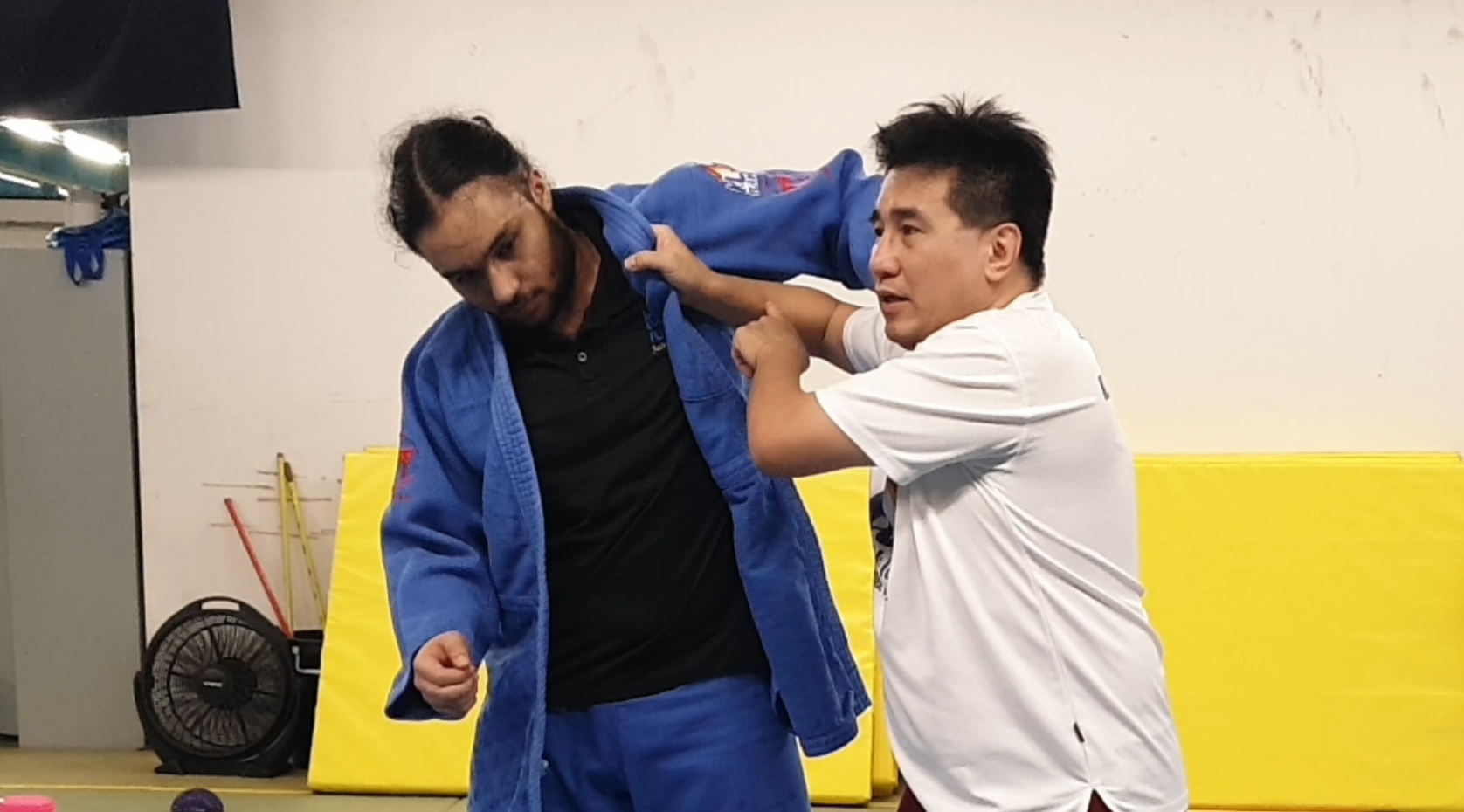
When I first picked up judo, there was no rough guide to judo that I could refer to. I had to learn things through trial and error. Based on my experience, the following is the way to achieve mastery in judo.
First of all, some truisms
1. It's crucial to learn both standing and groundwork. Far too many judo players focus on standing and neglect groundwork. That puts you in a major disadvantage. Doing judo without groundwork is like eating a meal with just a spoon and no fork. To eat the meal well, you need both a spoon and a fork.
2. Progress in newaza will be faster than in tachi-waza. If you want to beat people on the ground, you just have to practice ground techniques regularly for a few months and you will get good at it. But if you want to throw people, especially experienced players, that's gonna take a lot longer.
3. There is no substitute for putting in the hours. No matter how naturally talented you are, if you don't come for regular training, your judo won't improve.
Here's what you need to do to develop throwing techniques
1. After learning the basics of a particular technique, learn how to do it from an opposite stance (kenka-yotsu) and similar stance (ai-yotsu).
2. Do uchikomi to get used to the movements for entry into the technique.
3. Once you've mastered static uchikomi, do some moving uchikomi to develop a familiarity with entering into the technique while uke is moving about.
4. After you've mastered the entry, don't do uchikomi anymore. It has served its usefulness. Move on to nagekomi on crashpads. You must throw with full commitment in order to experience what it's like to do this technique for real.
5. Now it's time to try out the technique in a randori situation. It's unlikely to work at first but keep trying, experimenting with different grips, angles of entry, set-ups and so on. It's very much trial and error from now on until you get it to work.
6. Once you get it to work, it should be obvious to you what it was that you did which allowed you to get past uke's attempts to block the throw. If it's not, try to recall what it was you did that made the difference. Or watch a video recording of your randori (assuming it was recorded) to try to identify the right moves you made.
7. Now that you've got one technique mastered, identify a related technique that you can do without having to change your normal grip. Ideally it's something that complements your first throw. For example, if your first throw is ippon-seoi-nage, a good complementary throw is kouchi-makikomi.
Ways to develop newaza
1. There are a lot of different types of newaza techniques and many variations of each technique. Find one that appeals to you. A good way to do this is by watching matches of international players and observe the groundwork they do. Sooner or later you will come across something that you like.
2. Nothing's a secret anymore in the age of video. Whatever technique you come across, there's probably several videos online about how to do it. So, if your coach is not familiar with a particular technique, just seek it out online and learn the mechanics of it.
3. Uchikomi is much more important for newaza than for tachi-waza. In tachi-waza, once you've worked out the entry and are familiar with it, there's no point doing it anymore. But for newaza, because muscle memory is so important, you have to do the uchikomi over and over again, even though you've already figured out the entry to the technique.
4. You start by doing uchikomi to familiarize yourself with the entry into the technique. At first there should be no resistance by uke. As you get familiar with the technique, uke should gradually increase the resistance but never to the extent of full-resistance. Save that for randori.
Other things you'll need to work on to become good at randori
1. Gripping
2. Transitions from standing to ground
3. Transitions from ground to standing
But these I will save for future posts.
